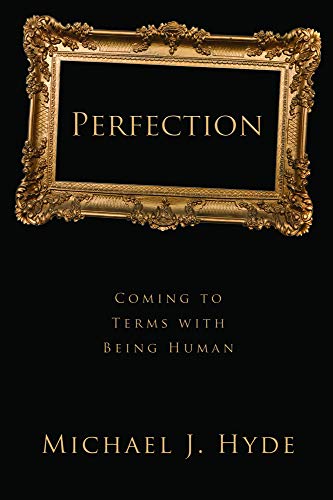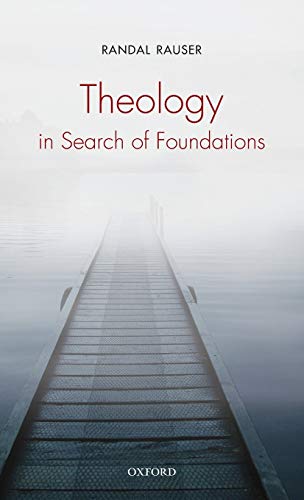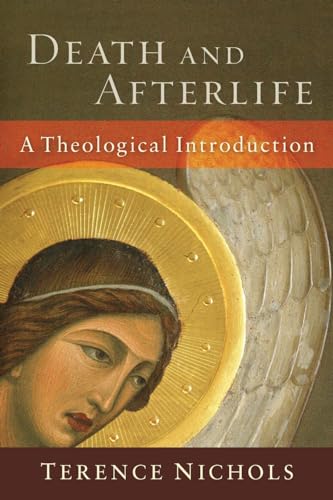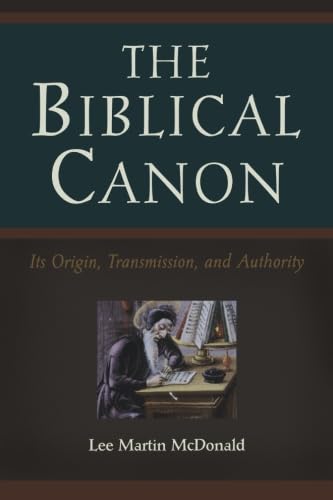Christianity in the Greco-Roman World: A Narrative Introduction
Written by Moyer V. Hubbard Reviewed By Carl Park“Background as foreground,” in bold and large type, are the first words we read in Moyer Hubbard’s introduction to the world of the NT, the area that is known in biblical studies as “backgrounds.” This first subheading in his introductory chapter captures the core conviction of Hubbard’s book and others like it, that the better one understands the historical and social context of the NT, the better one understands the NT itself.
That said, two other convictions, both pedagogical, set this book apart from other books in the genre. One is that narrative has a teaching potential unique from discourse. This conviction is manifest in seven-page pieces of historical fiction that begin each of the four major sections (Religion and Superstition; Education, Philosophy, and Oratory; City and Society; and Household and Family). These brief interconnected narratives, despite the kitsch that some readers may feel in the Amer-ancient style (“But what can you expect? His grandfather was a mason, you know—a bricklayer!… You can’t cover up that lineage with a toga” [p.113]), do in fact work. They provide an informative, engaging picture of the ancient Greco-Roman world and contribute to one of the clear strengths of the book, its ability to immerse readers in the NT world. Hubbard manages to give an experience of that world rather than simply information, more an emic account of that world than an etic one. A good contrast in this regard is Everett Ferguson’s Backgrounds of Early Christianity, which has deservedly become a standard in the genre. Compared to Ferguson’s more encyclopedic style, Hubbard’s is conversational and vernacular. And while comprehensiveness might be the main virtue of Ferguson’s text, pedagogy might be the main virtue of this one. These characteristics may be largely due to the fact that the book originated as a lecture series for students at Biola University, where Hubbard teaches at Talbot School of Theology.
Another pedagogical conviction guiding Hubbard is that people learn best when the content’s practical relevance is explicit. With this in mind, he sets out to make explicit the connections between his descriptions of the world of the NT and the NT texts themselves. The basic structure of each of the main sections, in which the first half presents cultural context and the second half the NT context, is a simple and effective fit for his purpose.
For example, in the first section, Religion and Superstition, Hubbard discusses polytheism, Diaspora Judaism, magic, divination, oracles, and skepticism. Then he applies the discussion of polytheism to 1 Cor 8, indigenous folk religion to Galatians, magic to several scenes in Acts, and divination to Paul’s visionary experiences. These applications are genuinely explications, which prove to be more illuminating and interesting than parenthetical Bible references that one often encounters in introductions to the world around the text. With this method, Hubbard successfully brings “background” into the foreground; moreover, he successfully shows the value of the enterprise, explaining puzzling texts and heightening our sense of the radicalness of the Christian experience taught by the NT.
Hubbard also provides very helpful bibliographies of both primary and secondary literature at the end of each section. The primary source bibliographies are annotated and tell readers where they can find the published texts (e.g., in the Loeb Classical Library or online).
Readers should be aware that, despite its title, the book’s focus is limited to Paul and Corinth. The limitation is understandable in light of the book’s specific aims; nonetheless, it may leave some readers wanting. Also, although comprehensiveness is not Hubbard’s main goal, two Household and Family topics, women and homosexuals, are introduced in his discussion of Greco-Roman culture but conspicuously overlooked in his NT application. This absence is noticeable not only because of the engaging treatment they receive in the first half, but because contemporary readers will likely be eager to read how Hubbard elucidates the NT texts touching these hot-button issues. At the same time, readers may commend Hubbard for his inclusion of conversion and chastity in his book, two topics that similar introductions do not frequently discuss.
Overall, Hubbard has written a highly readable and accessible book that can be recommended for students seeking an introduction to NT “backgrounds.”
Carl Park
Carl Park
Trinity Evangelical Divinity School
Deerfield, Illinois, USA
Other Articles in this Issue
Most of our readers are theological students and pastors...
The Dazzling Darkness of God’s Triune Love: Introducing Evangelicals to the Theology of Hans Urs von Balthasar
by Stephen M. GarrettJürgen Moltmann observes that Christian theology and the Church face “a double crisis: the crisis of relevance and the crisis of identity...
Plots, Themes, and Responsibilities: The Search for a Center of Biblical Theology Reexamined
by Daniel J. BrendselIn the prolegomena to his “approach to biblical theology,” Charles H...
Since the mid-twentieth century biblical scholars have increasingly accepted that the texts of the Bible must be interpreted in terms of their literary genres...
The present age tends to regard polemics, theological controversies, and all-round doctrinal fisticuffs as, at best, a necessary evil, at worst, one of the most revolting aspects of Christianity...







